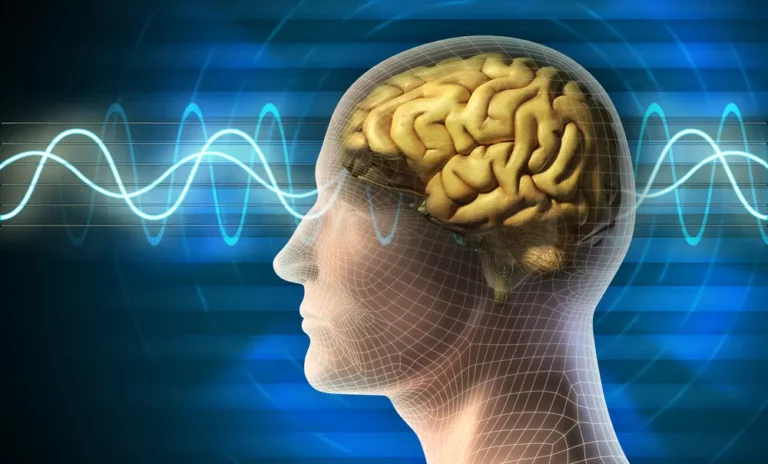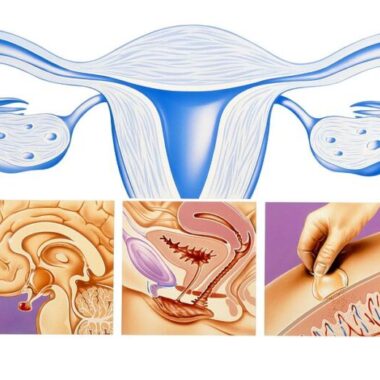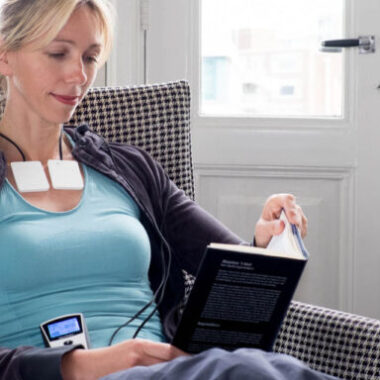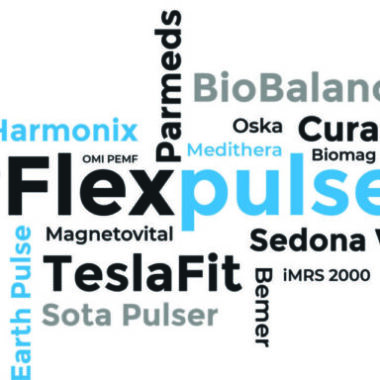PEMFs Vs. EMFs
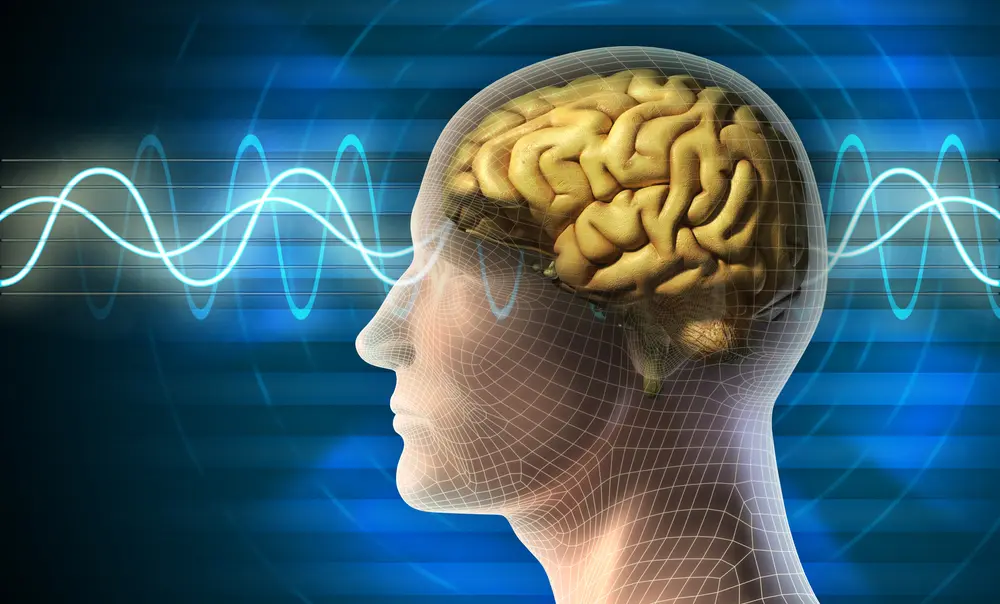
WHAT IS THE DIFFERENCE BETWEEN PEMFs AND EMFs?
One of the most common concerns for people researching PEMF therapy is associated with the negative effects of other EMFs in the environment, and the so called “electro-smog” they create. There are many differences between these harmful EMFs and the therapeutic EMFs generated by PEMF devices.
Magnetic frequencies and waveforms will either amplify or diminish the body’s own signals. Harmful EMFs negatively affect the body’s natural functions while therapeutic EMFs act in supportive ways, enhancing cellular communication and overall health. The balance of the human organism can easily be negatively affected by electromagnetic changes in the environment, and an unbalanced body is more susceptible to disease. EMFs interact with living systems, affecting enzymes related to cell division and multiplication, growth regulation, and regulation of the sleep hormone melatonin (controlled by the pineal gland metabolism.)
The primary differences between harmful and therapeutic EMFs are exposure time, wavelength, and frequency.
IONIZING AND NON-IONIZING ELECTROMAGNETIC RADIATION
Electromagnetic radiation is classified into two types (ionizing and non-ionizing) based on the radiation’s capability of ionizing atoms and disrupting chemical bonds. Ultraviolet and high frequencies, like x-rays or gamma rays, are ionizing – they cause heating. They pose their own health hazards, the most common of which is sunburn. Non-ionizing radiation doesn’t carry enough energy to disrupt chemical bonds. It only has enough energy to excite electrons into a higher energy state.
Most PEMF systems produce frequencies in the Extremely Low Frequency to Very Low Frequency range on the electromagnetic spectrum. These frequencies (below 10,000 Hz) do not induce heating actions. PEMF devices also contain various levels of filtering inside the control unit or frequency generator portion of the system, which clean up the surges/spikes that often come out of the household outlets we use to power the device itself.
Confusion often stems from power grids using 50-60 Hz frequencies, which fall within the same frequency range as many therapeutic EMFs. There are a few important differences to keep in mind when comparing these EMF sources. By far, the strongest magnetic fields are emitted from high voltage transmission lines (which are the big metal towers, not the single wires that tend to run through neighborhoods on wooden poles). It is generally accepted that a “safe distance” from large power lines is about 700 feet (or 0.1 mile), and a “safe distance” from the neighborhood lines is as little as 10 feet.

The intended 50-60 Hz frequency of power lines is becoming increasingly contaminated with surges of radio frequency radiation, often referred to as “dirty electricity”. Modern electrical devices tend to induce high levels of these surges or spikes back into the electrical system. Therefore, our power grids are contaminated with frequencies much higher than the intended 50-60 Hz, and these very high frequency, short-wavelength surges are the cause for some concern.
Cumulative exposure – hour after hour, day after day – to EMFs is also of some concern. Ordinary household appliances tend to generate larger cumulative EMF exposures than power lines, as most people do not live close enough to power lines to be dramatically affected by their EMFs. The same cannot be said of kitchen appliances, computers, televisions, cell phones, and even electric outlets. Though EMFs from appliances drop off at a distance of about 16 feet, people are generally much nearer than that to the source of the electromagnetic field – typically 18 inches from computers, a few feet from televisions, and practically no distance from cell phones.
EARLY STUDY AND RESEARCH ON HARMFUL ELECTROMAGNETIC FIELDS
The first study to establish a direct link between EMFs and cancer came in 1979 from the University of Colorado. Two epidemiologists found that children who had been exposed to high-voltage lines in their early childhood had two to three times higher than normal risk of developing cancer, especially leukemia. In 1987, a large-scale study conducted by the New York State Department of Health confirmed these findings, and added that the EMFs from the high-voltage power lines also affected the neurohormones of the brain. Various studies have since shown a link between harmful electromagnetic fields and an increased incidence of heart disease, high blood pressure, Alzheimer’s disease, headaches, sexual dysfunction, and blood disorders – the latter including up to a 50 percent increase in white blood cell count.
WHAT MAKES PEMF MACHINES DIFFERENT?
THE TYPES OF HARMFUL EMFS PRESENT IN THESE FINDINGS HAVE SIGNIFICANTLY SHORTER WAVELENGTHS AND HIGHER FREQUENCIES THAN THERAPEUTIC PEMFS.
The electromagnetic spectrum is huge, encompassing all possible wavelengths and frequencies, including X-ray, microwaves, radio waves, visible light, infrared, etc.
Practically speaking, for therapeutic magnetic field applications, the spectrum is quite narrow. The goal of a PEMF system is to produce a magnetic field that will not only be supportive to the body’s natural functions, but to use a wavelength that will completely penetrate the body. This requires a very long wavelength and low frequency.
A PEMF frequency of 1 Hz has a wavelength of 100 million meters (more than 62,000 miles). At the upper range of what would be produced by a PEMF system, the frequency can be about 10,000 Hz or so (which is still considered “Extremely Low Frequency”). The wavelength there would be 10,000 meters (about 6.2 miles). For comparison, a microwave-range frequency would be about 100,000,000 Hz. This would correspond to a wavelength of about 1 meter (about 3 feet).
Our recommended treatment devices have a very safe track record – even the much higher frequency diagnostic MRI machines have been found to be safe to the people that operate them daily, as long as the safety directions are followed.
